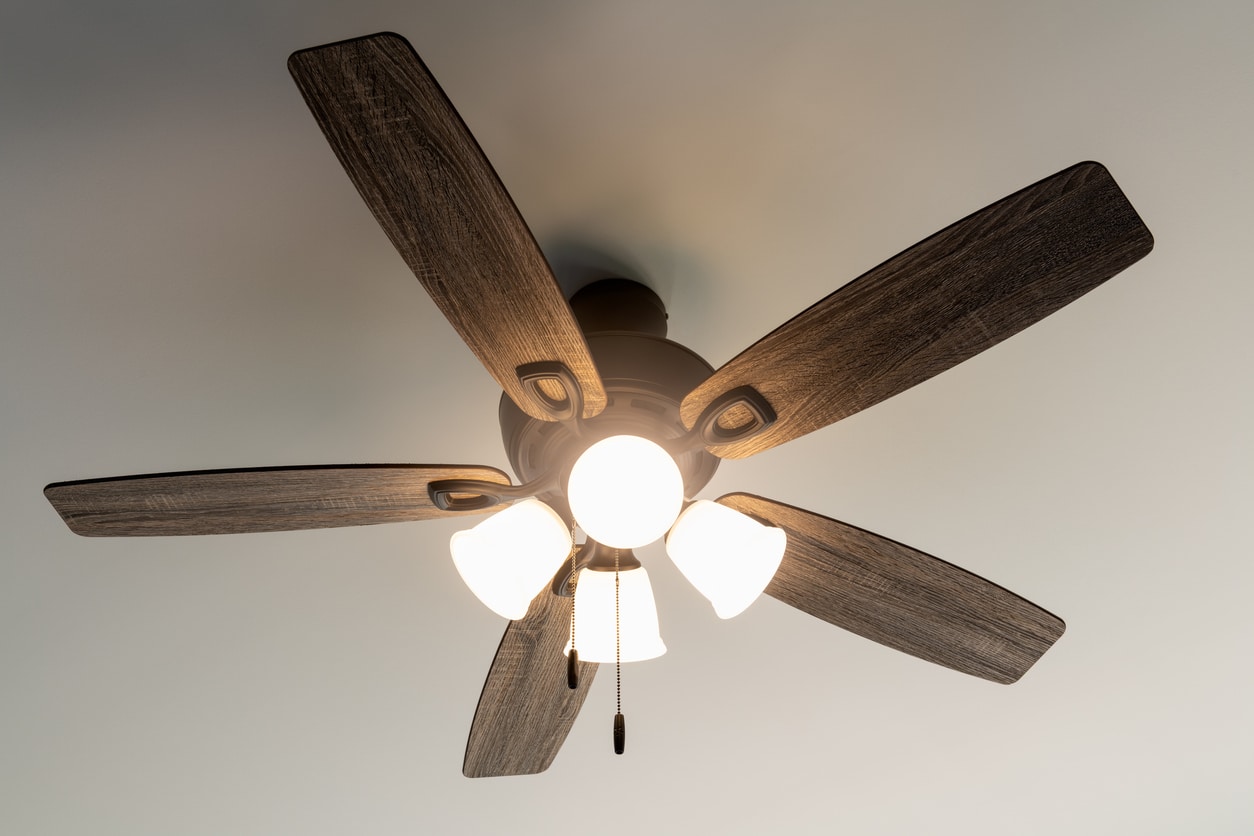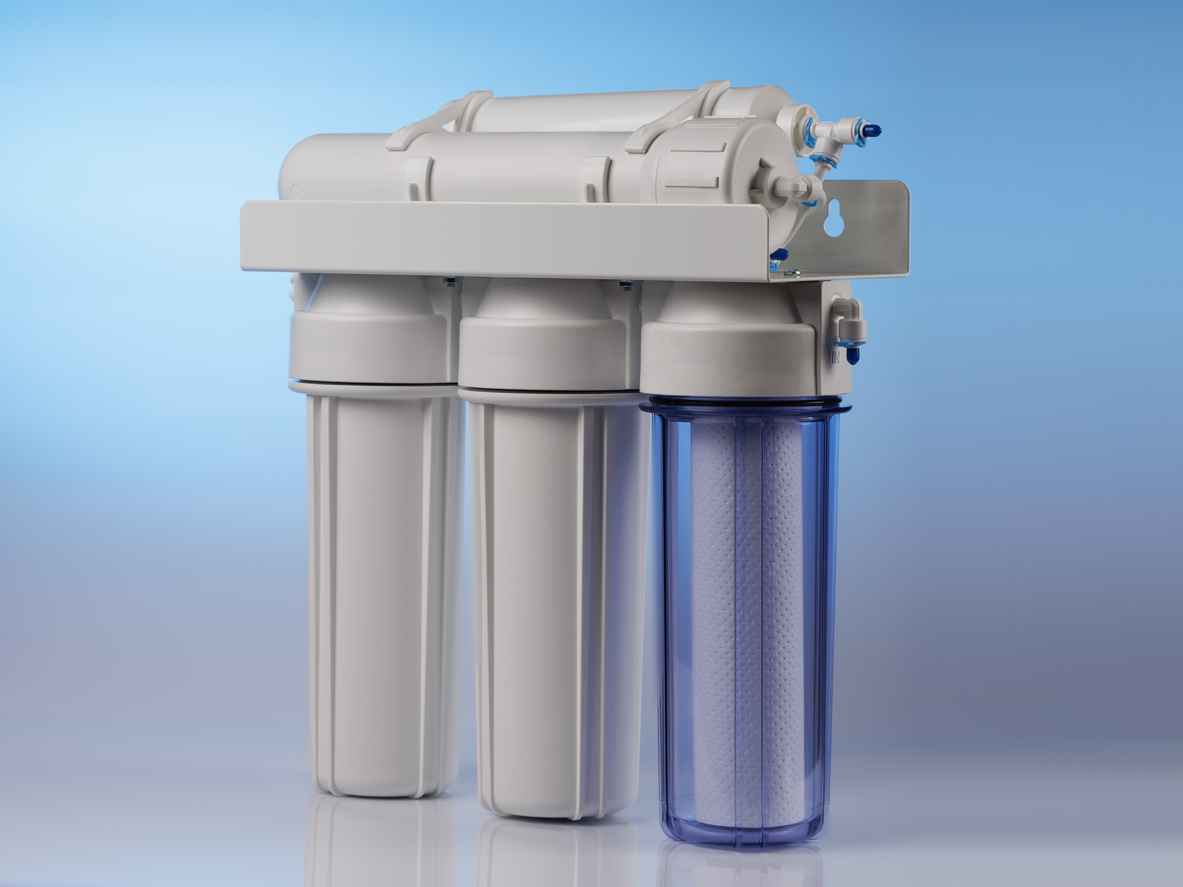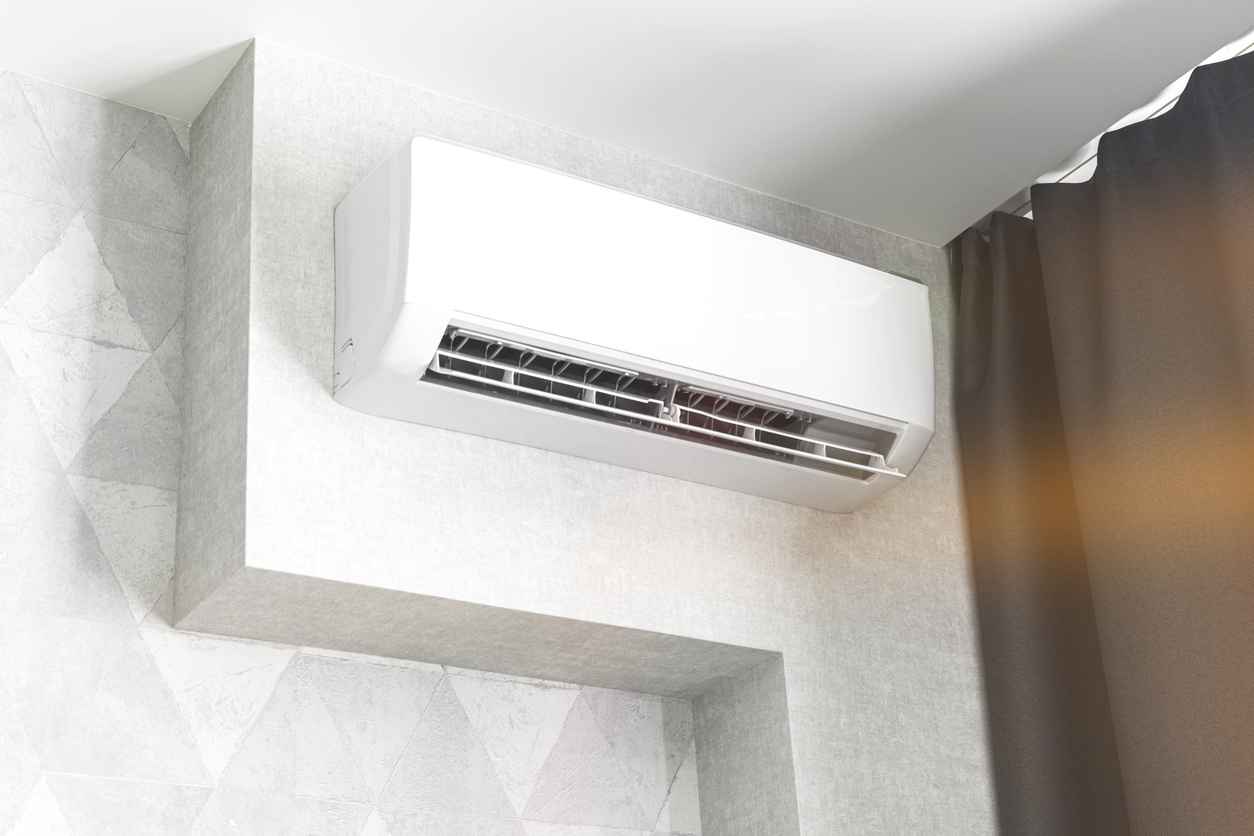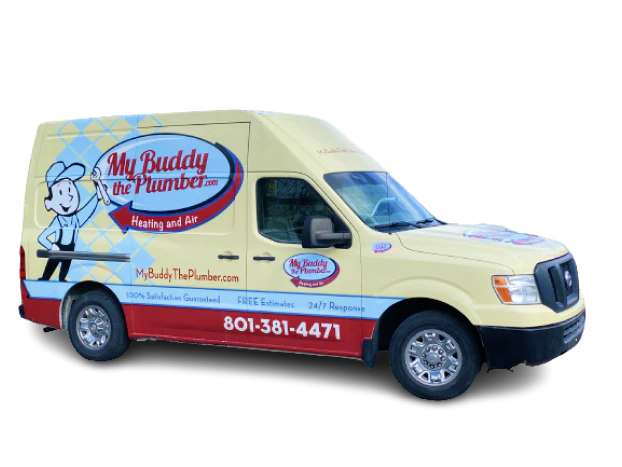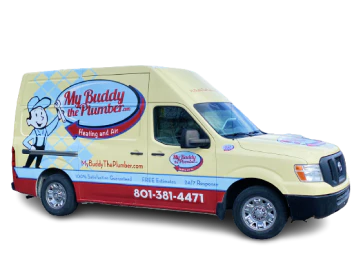Understanding and Preventing Plumbing Backflow Issues
There are a number of issues you don’t want to be dealing with regularly if you’re a homeowner, and one of these with regard to your plumbing system is what’s known as backflow. Referring to situations where contaminated water that’s supposed to have left your system through normal methods instead flows back into your plumbing and creates problems, backflow situations can be caused in a few ways — and can have significant risks, including illness and health concerns in some situations.
At My Buddy the Plumber, we’re here to help prevent these kinds of issues from ever taking place through services like drain cleaning, main sewer line repair and others — and we also provide emergency plumbing services for cases where backflow has already taken place and is causing problems. What are some of the most common causes of plumbing backflow, why is backflow testing important, and how can our plumbers assist you in these areas? Here’s a basic primer.
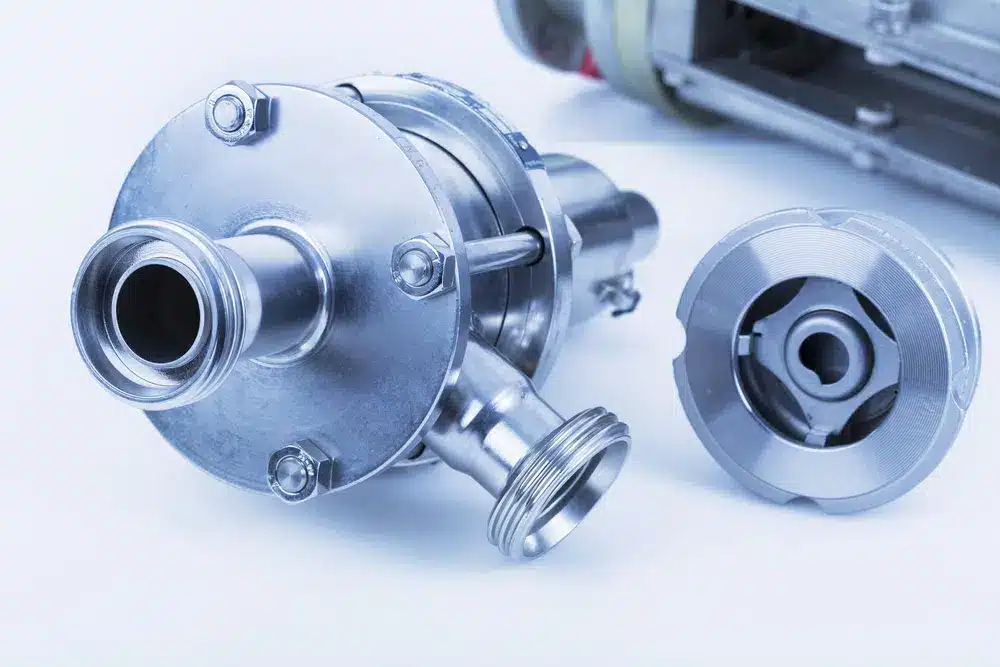
Back Siphonage
Perhaps the most common cause of backflow within a plumbing system is known as back siphonage, or a situation where pressure levels that drop precipitously within the drain system cause water to move backward instead of forward. This is often due to a break or another issue within a water main, or a clamp failure that allows pressure to escape a water supply line. As a result, the contaminated water backs up into your home’s plumbing and causes serious health issues.
Perhaps the most common area for back siphonage in your home: Your garden hose connections. Because these are sometimes unsecured, and because they’re high above your home’s water supply line, if the hose is connected to a spigot that doesn’t use backflow preventer technology or equipment, contamination can easily flow into your system.
At My Buddy the Plumber, we provide inspection services for back siphonage thanks to our extensive training courses in the area, and we also provide backflow preventer installation services in order to address potential problems with your water supply line.
Back Pressure
In other cases, backflow issues will be caused by what’s known as back pressure. While cases of back siphonage often come from pressure that’s too low and doesn’t allow contaminated water to escape, back pressure is the opposite: It involves too much pressure in the system, whether from clogs, pump malfunctions or boilers that are utilizing the wrong pressure levels.
When back pressure takes place, the contaminated water can’t leave the system through normal channels. In many cases, it will instead shift backward and cause a backflow situation in your home’s plumbing.
Health Risks of Backflow Concerns
As you can likely guess on your own, backflow problems have the potential to lead to serious health issues for homeowners. Contaminated water in the wrong place can lead to illness, bacterial infections and other health problems — especially when plumbing systems are used incorrectly or in situations where they haven’t been serviced recently by a plumber.
In particular, there are several diseases that can impact the members of any household dealing with backflow problems. These include things like dysentery, typhoid, hepatitis A, gastroenteritis, cholera and others.
Testing your plumbing system for backflow issues on a regular basis can help prevent these kinds of problems. If you suspect backflow is an issue, it’s vital to contact a trained plumber immediately to have the problem addressed. Our next sections will go over some basics on how to prevent these issues before they arise.
Importance of Backflow Testing
When we talk about backflow testing, we’re really referring to a general inspection of your home’s plumbing system to confirm that flow-related issues don’t exist. These tests are important because if backflow issues aren’t checked for, they can cause all kinds of problems in your system — and this is especially true when things like improperly installed pipe systems, broken water main lines or other tubing malfunctions enter the picture.
One of the key elements your plumber will investigate when checking for backflow is your various preventers. These are components that keep water moving in the right direction in your plumbing, and when they’re not working properly, backflow can occur.
This is one of several areas where, if you don’t have proper training within the plumbing realm, we don’t recommend you attempt DIY repairs. Preventers can be difficult to work with, and when you damage one — or worse, don’t get it replaced in time at all — the results can be catastrophic, leading to extensive water damage within your home.
Not only will your plumber check your preventers, but also other valves and fixtures to make sure they’re in good working order and can handle flow in the way they should. This includes checking for broken fixtures that could lead to backflow issues, as well as looking into any water main or supply-line leaks that might be present.
Backflow Prevention Tips
In addition to testing your system via a licensed plumber if you’re concerned about backflow risks, here are some basic tips for avoiding backflow issues in your home:
- Check drains regularly: While you can’t see backflow, it’s important that if you suspect an issue is present in your system, or if there are signs of water damage or other problems, you check your drains regularly to see whether they’re working properly.
- Don’t use the toilet as a trash can: Food scraps and debris can easily lead to clogs in your bathroom or kitchen drains, and these can trigger backflow issues. Be sure to dispose of food waste appropriately, and avoid putting anything down the drain you don’t want coming back up again later on.
- Keep your water heater set at 120 degrees Fahrenheit: Using a temperature setting this high helps keep bacteria from developing in the heating unit itself, as well as preventing bacteria from growing in your plumbing system.
For more on knowing and avoiding backflow issues in your home’s plumbing system, or to learn about any of our plumbing or HVAC services, speak to the staff at My Buddy the Plumber today.
Recent Posts
Recent Posts


Join the My Buddy Club
Easy Maintenance & Exclusive Benefits
The My Buddy the Plumber’s Club is our comprehensive maintenance membership program that will protect your home comfort systems! From an in-depth home plumbing inspection to thorough furnace and air conditioning tune-ups, the club does it all. Our team will ensure your HVAC, plumbing, and electrical systems are running safely and in top shape. Joining our club can also provide plenty of exclusive perks, such as:
- Priority service
- 10% discount on repairs
- No after-hours fees
- Peace of mind
- Matched manufacturer’s warranty
- Tank water heater flush
- Drain cleaning
- Electrical safety inspection









